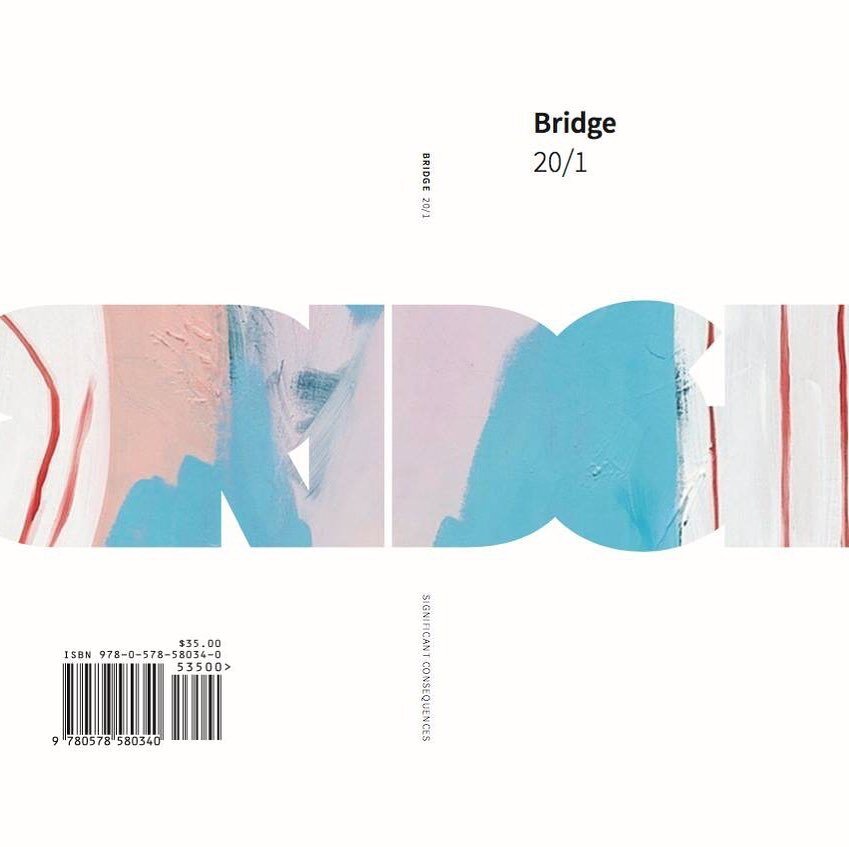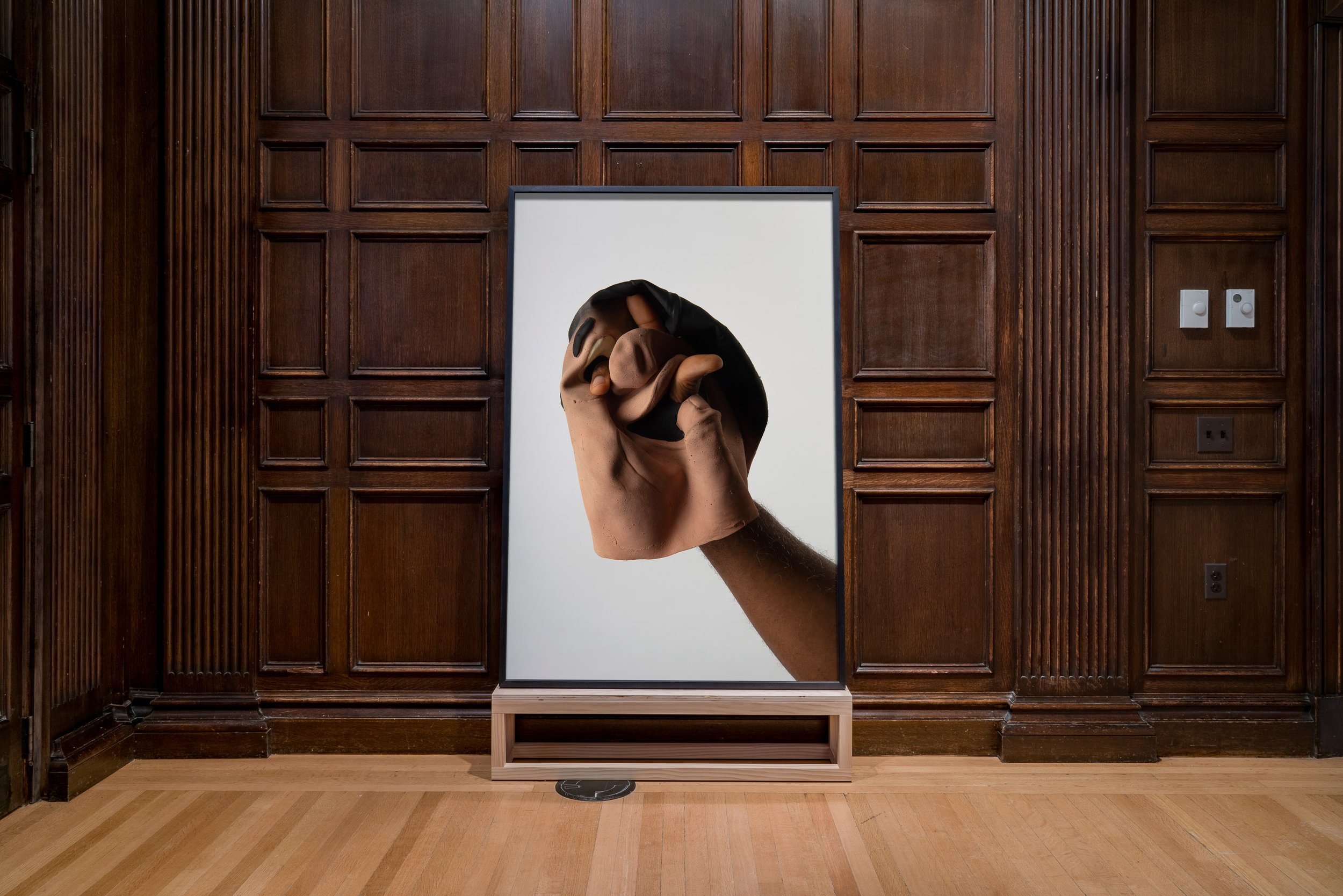REVIEW: Arnold J. Kemp, Less Like an Object and More Like the Weather at the Neubauer Collegium
Installation view, Less Like an Object and More Like the Weather, Neubauer Collegium for Culture and Society, 2022. Photo by Robert Heishman.
REVIEW Arnold J. Kemp, Less Like an Object and More Like the Weather
Feb 17 - Apr 10, 2022
Neubauer Collegium Gallery,
The University of Chicago
5701 S. Woodlawn Ave.
Chicago, IL 60637
By Antonia Piedmonte-Lang
The Arnold J. Kemp exhibition currently on view at the Neubauer Collegium Gallery is subtle, but demanding in its subtlety; the way the objects are situated in the spare academic hollow on University of Chicago’s campus. I walked in on a spring-like day in late February, as students streamed by on the sidewalks outside, and the air contained the soft, frenetic buzz of a Monday on a college campus, a slim and youthful air. Although I called ahead to schedule an appointment, I did so hurriedly, and forgot to give my name. The buzzer I pressed went to voicemail, but the “by appointment only” door was open. There was no one at the front desk. I could hear sounds on the floors above, distant and vague. The lights were dim, and it was strange to enter the gallery space all alone, without staff or guards. The stillness of the single room created an opportunity for looking that was closer to touching – a suitable modality for the work.
The most immediate element of the exhibition is a low wooden platform, or pedestal, upon which nearly 500 small masks are displayed. The viewer is required to walk up to the platform to see the objects, collectively titled Talking to the Sun. The hand-sculpted ceramic masks look up at the viewer with their blank eyes as the viewer gazes down at them. Although most are rectangular, they vary in shape and texture. Many have rounded edges and brows. They are also small and rigid, definitively unwearable. Running my eyes across them, they remind me of baked sugar cookies because of their shape and frosted surface. Excess clay collected around the eye holes calls attention to the process of making. Sometimes the eyeholes are closer together, sometimes one is sunken and the other a quite round circle. The glaze tones and uneven surfaces of the masks cause them to appear almost like the surfaces of the earth, sometimes even planetary; there seem to be little tributaries in the glazes, continental shapes drifting around in the small rectangular structures – almost then creating a kind of unity out of the army of them, an orderly constellation.
Installation view, Less Like an Object and More Like the Weather, Neubauer Collegium for Culture and Society, 2022. Photo by Robert Heishman.
Two photographs from Kemp’s 2019 Funny House (Speech Acts) series lean against the wall across from the ceramic masks. In each, a hand is thrust through the same found object– a rubber Fred Flintstone mask. The photographs’ blank white background and crisp lines of the folded mask make a stark and impactful impression. The Neubauer Collegium’s press release for the exhibition states “seen within the context of America’s most recent political trauma, there is inevitably an element of cathartic, vengeful violence folded into the parodic spectacle of a black man’s hand ‘fisting’ this talismanic symbol of straight white male entitlement.” Yet the most interesting element of the photographs may be their nearly tender, or soft quality, the hand being captured in an exalted moment of performance. The photographs lean against the wall instead of being hung flat, pointing less to a moment of encounter than amplifying the gestures of an embrace; the hand pulls through to face the viewer, the photographs lean back gently. It is less confrontational, more oblique, and for that reason more multiplicitous in its activation of the viewer. Kemp intends these photographs to evoke a confluence of forces that “amuse, enchant, and frighten the viewer.” Queer theory’s attention to touch is applicable too– touch is a way of communicating, and fingers point through the mouth as if to speak. The hand is captured as it shapes the soft mask, thus it is involved in a moment of making as well as a moment of making visible the absent subject, the subject we cannot face here. This aspect of the photographs also draws attention to the “mouthlessness,” or speechlessness, of the clay masks across from them. As the theme song goes, Fred Flintstone is from the stone age, so as the hand in the photographs mimic the act of molding clay, they also consume the other, and transform him into another entity – in this case, a multitude of protective stone masks. The circularity between clay and stone attends to material process, but it is also conceptually rich.
Installation view, Less Like an Object and More Like the Weather, Neubauer Collegium for Culture and Society, 2022. Photo by Robert Heishman.
Throughout his career, Arnold J. Kemp has worked with masks in various media. As a Chicago based-artist of Bahamian descent, Kemp draws upon the significance of masks in traditions such as junkanoo, in which masks provide spiritual protection and anonymity to the wearer. Simultaneously, Kemp facilitates conditions for common cause by which objects blur boundaries with subjects and trouble the project of self-making. Writing on one of his most well-known works, a series of tin foil masks, art critic Stephanie Snyder writes of the Kemp’s attention to the semi-reflective surfaces of his materials: “In the masks, Kemp also uses foil as a foil, to deflect menace, to fool and outsmart violence and predatory behavior, and to protect what is most critical, vulnerable, and precious: art, queer love, blackness, rage, justice … ” Art historian Huey Copeland perceives Kemp’s work to revolve around fluid notions of identity and “a refusal of hard-and-fast demarcations between the West and its others.” The act of obfuscation and the glimmer of representation: the material Kemp uses often has the capacity to reflect the viewer, but only partially, and thus the masks hide, protect, and evoke a kind of beauty derived from the partly present. Less Like an Object and More Like the Weather points to this fluidity in kind. The exhibit enables a way of drifting in and out of one’s space and that of the objects. Of being called upon, then softening, coming into a dance with the artist’s presence and one’s own, being reflected and distanced, walking back out into the glistening spring day at hand.
Like what you’re reading? Consider donating a few dollars to our writer’s fund and help us keep publishing every Monday.




